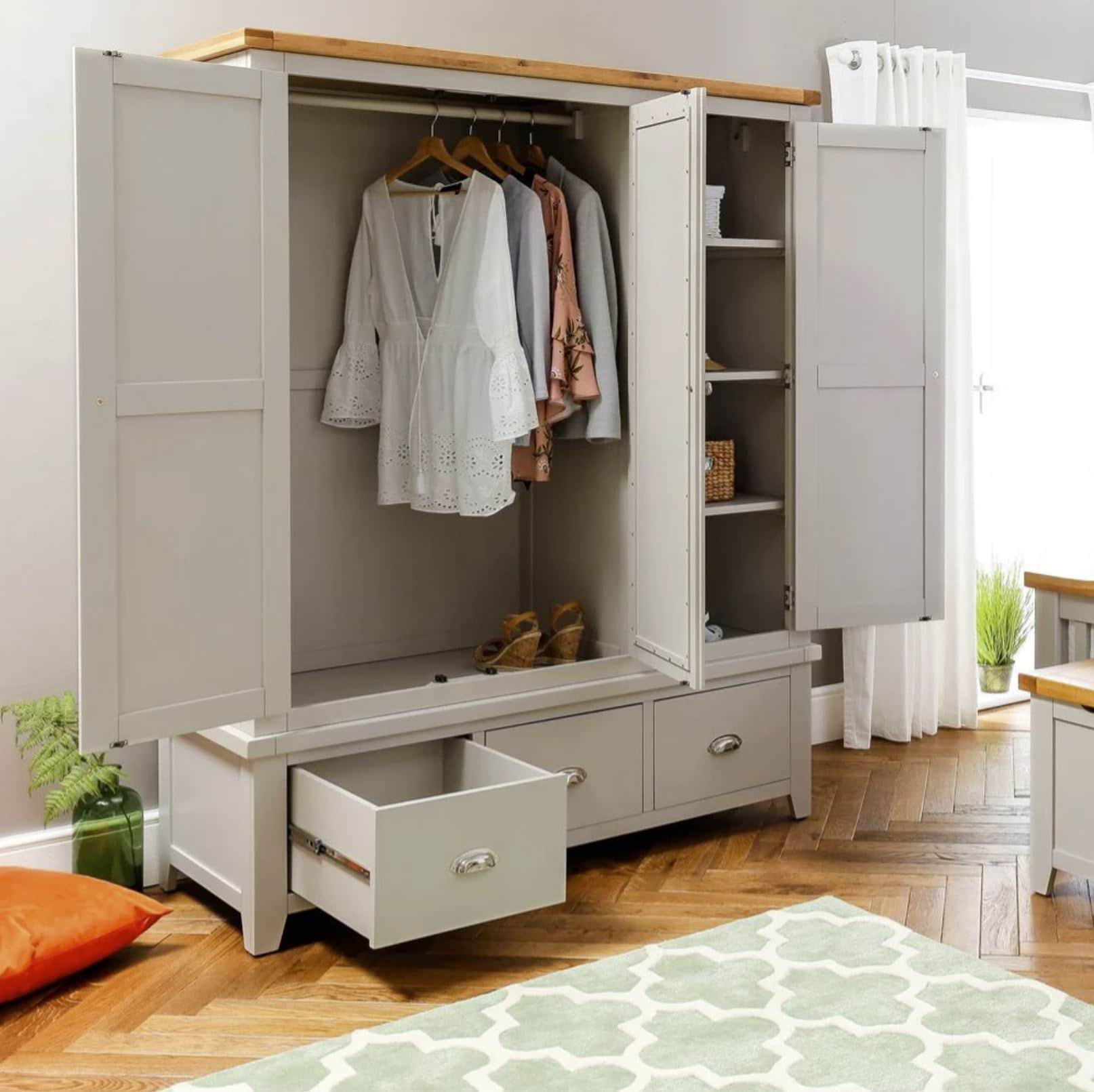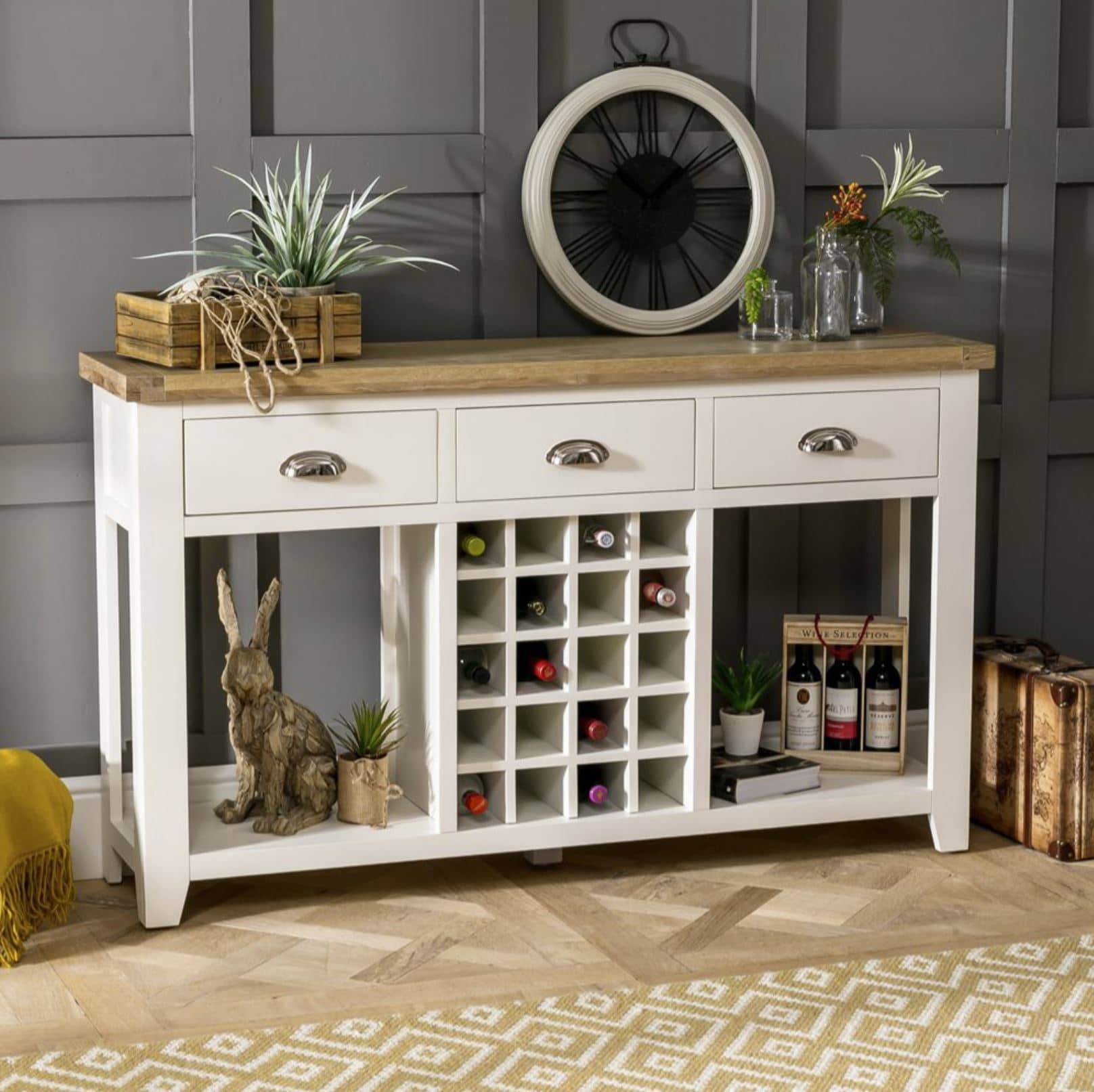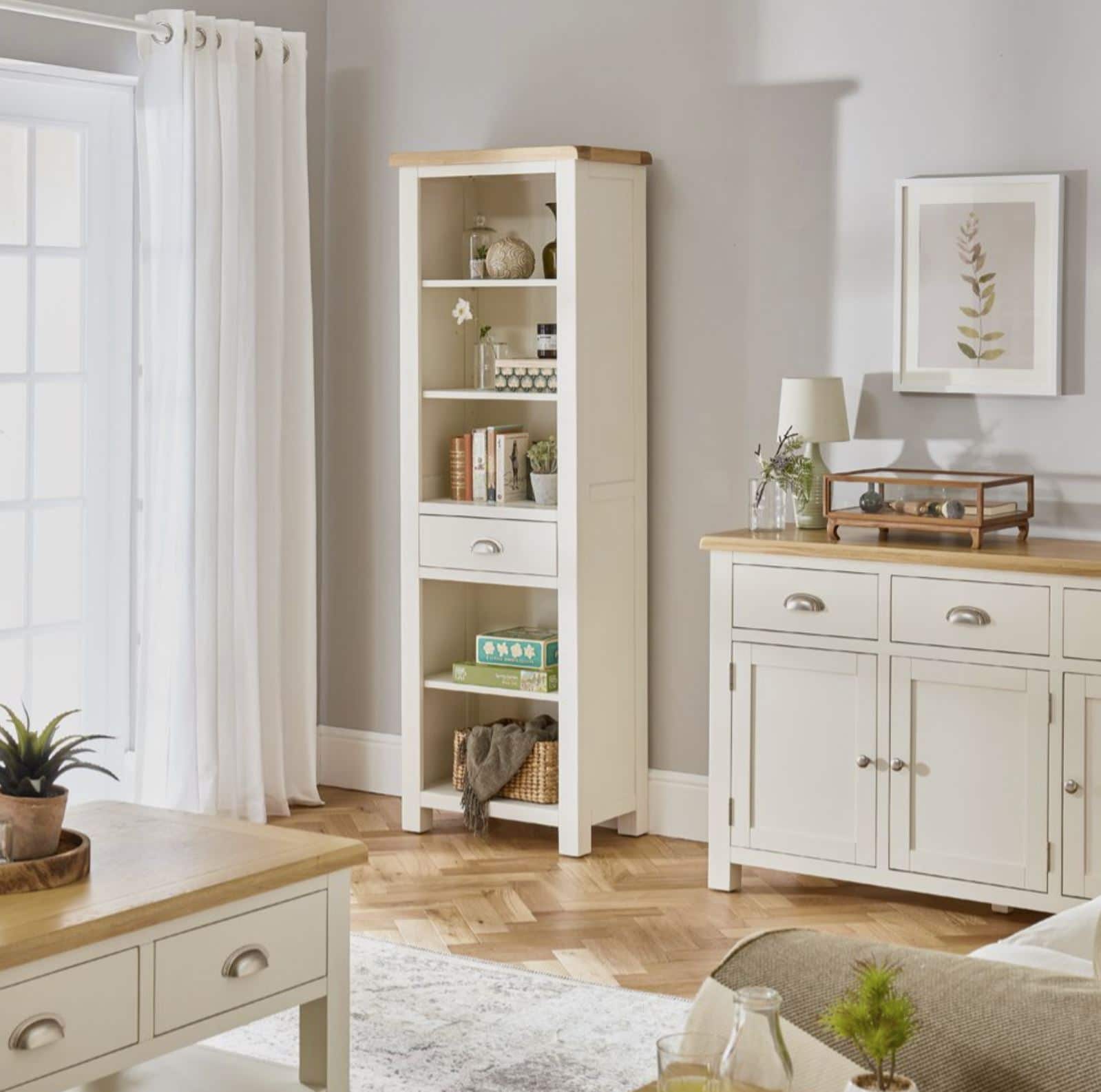How to Create a Victorian Style Interior
- By Alicia Newman
- Interior Design Ideas
- views
The Victorian era spanned from 1837-1901 and was a period where interior design became a huge interest in magazines, and exhibitions with many people travelling the country to see new designs and discover fresh ideas for their own home interiors. The style became one of reproductions, with gothic, rococo and oriental designs being reintroduced alongside each other as well as blended in one furniture item or fabric print for a unique and recognisable period style.
Rich and dark colour schemes were popular during the Victorian era with deep red and forest green being a popular choice in the majority of homes. Paint colour palettes were still fairly limited, so many people choose to keep their walls neutral and add colour and detail with their accessories and fabrics. Purple and blue tones were introduced toward the middle of the century and gave an alternative to the traditional tones and hues that preceded them paint techniques such as stippling and marbling were also used to create imitation marble pillars and stairwells that added to the rich and grand appeal of the period.
Wallpaper was a hugely popular choice in Victorian homes as designs had begun to be mass produced and was readily available to purchase with little waiting time. Flocked and silken wallpapers were used to paper up to an ornate dado rail or on a large feature wall and often featured large floral designs, baroque prints and bird motifs for added detail and visual beauty. William Morris is one of the biggest names in wallpaper design during this period with many of his patterns and prints still being reproduced today.
Victorian floor tiles such as those by famous designer William De Morgan created pattern and colour in high traffic areas of the home and were a focal point in hallways, kitchens and grand bathroom designs. Patterns and colours were baked in a kiln and created a bold and intricate design that looked fabulous in a plain or neutrally coloured interior space. Geometric prints and floral style designs were incredibly popular and featured classic Victorian colour schemes of antique white, cream, red and green. Patterned carpets were laid in cosier areas of the home such as living rooms and bedrooms and looked particularly stylish with a border of polished floorboards to frame the colourful and textured floor space. In more basic homes floorboards were left exposed and varnished and adorned with a bold floral patterned rug or runner in deep and sumptuous colour tones.
The bold revival style of this period calls for flamboyant and rich fabrics that were highly patterned and coloured in rich and cosy colour palettes. Heavy velvet and damask were used as curtains beddings and cushions and featured rococo designs, and gothic floral motifs that created an air of luxury and opulence that complimented the furniture and backdrop of the home. Muslin, cotton and satin provided a lighter alternative to more grand fabric choices and looked fabulous in a range or oriental prints and bird designs that added a splash of eastern femininity to a living room or bedroom area.
Fireplaces were a focal feature in the majority of homes with the grandest of designs being situated in the main living room area. They were intricate in style and often a little ostentatious in their decor and finish. Cast Iron was the staple material used in Victorian fireplaces although wood was used in less extravagant home interiors. Tiles would line the sides of the internal fire place and could be matched to the floor tiles or wallpaper design for added detail and style. The carvings and designs of the mantelpiece were also mimicked in the wall, skirting and ceiling mouldings with papier mache designs being stick onto walls instead of being carved from plaster work . Large and floral designed ceiling roses adorned the ceilings of every room of the home with complimentary cornices and corbels in matching designs. The moulding were an amalgamation of styles and designs featuring gothic gargoyles and fleur de lys as well as rococo cherubs, scrolls and urns painted in the same shade as the ceiling itself.
Lighting was crafted from brass, pewter and cast iron and hung in elegant shapes from the ceiling roses in the centre of the room. Lozenge shaped designs with crown stamps were typical of the Victorian period as well as French rococo chandeliers and with simple clear crystal beadwork and intricate carved metalwork added a splash of glamour to a grand dining room or bedroom area. Gothic style lighting in a dark pewter finish complimented darker and deeper colour schemes and settings and created a visual focal point that was dramatic and opulent.
Sumptuous armchairs, chaise lounge designs, ottomans and footstools were typical seating styles of the period and were often displayed scattered around the room to give a cosy and overcrowded feel. Seats were upholstered in rich velvet, silk and damask fabrics and featured bold floral motifs and baroque prints with button back designs or heavily carved French framework. Furniture was carved from high quality hardwood and featured a blend of dramatically carved gothic designs and well as feminine French shapes and finishes that would often be displayed together to highlight the mismatch of styles during the Victorian period that were both contrasting yet complimentary. Roll top baths were also a favourite among wealthy Victorian home owners and featured classic law style feet for added detail against and intricate tile bathroom floor.
When it come to accessories, the more the better! Victorian interiors were literally crammed with ornaments, collectable and general bits and bobs that covered almost every surface of a fireplace, sideboard, dresser or dining table. Stuffed animals in glass domes and general taxidermy were extremely popular additions to libraries and sitting rooms as well as stuffed birds and ornate bird cages which would be placed on a sideboard or hung from the ceiling for a visual focal point. Pairs of porcelain dogs by Staffordshire pottery were typical accessories of the Victorian period and would be placed either end of the mantelpiece as visual bookends to the other ornamentation.
For more ideas on creating a Victorian style home interior, head over to our latest Pinterest board - Pinterest - Victorian Interiors.










